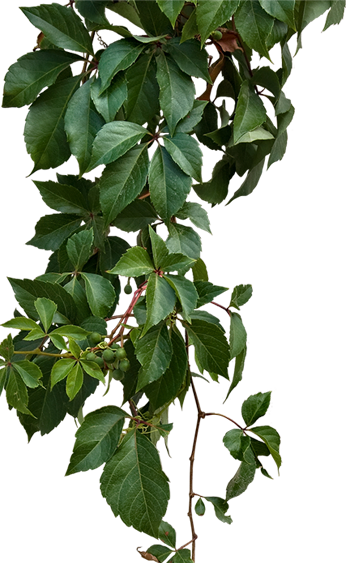
Best Grow Lights for Microgreen
- Home
- Best Grow Lights for Microgreen
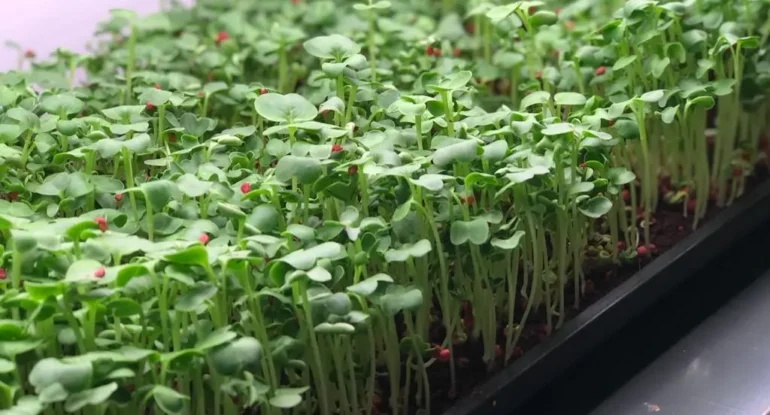
Best Grow Lights for Microgreen
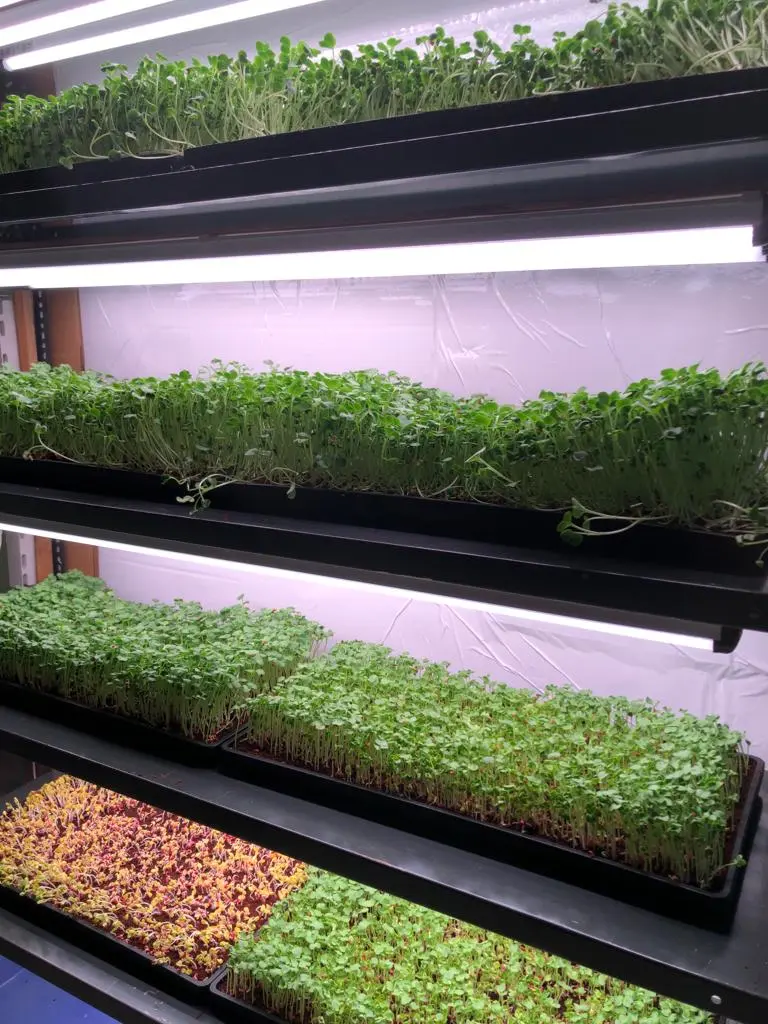
Introduction : Microgreens have emerged as one of the most lucrative crops in Controlled Environment Agriculture (CEA). Not only are they commercially profitable, but they are also easy to cultivate and maintain. Packed with nutrients, microgreens are versatile ingredients that add both flavor and nutrition to salads and various dishes. When it comes to growing microgreens in controlled environments, artificial lighting plays a crucial role. In this comprehensive guide, we’ll delve into the different spectrums, required intensity, and photoperiod for optimal microgreen growth.
Understanding Spectrum : Microgreens are typically grown from seedling to vegetable stage, making any leafy spectrum suitable for their growth. While a 6500K light available in the market may suffice for hobbyists, commercial growers should aim for superior results. At Nexsel, we’ve conducted extensive tests on various spectrums, including Nx4, Nx1.1, Nx1.2, Nx6.1, and Nx6.2. Among these, Nx6.1 consistently delivered superior results. With a seed-to-harvest ratio of 1:10 under Nx6.1 spectrum, it proves to be the optimal choice for commercial microgreen cultivation.
Spectrum Details :
| UV | B | G | R | FR | PAR | CCT | CRI | B:G | R:FR | R:B |
| 1 | 28 | 23 | 40 | 8 | 92 | 11919 | 56 | 1.20 | 5.42 | 1.44 |
| UV | B | G | R | FR | PAR | CCT | CRI | B:G | R:FR | R:B |
| 0 | 25 | 47 | 26 | 2 | 98 | 5623 | 81 | 0.53 | 13.05 | 1.07 |
| UV | B | G | R | FR | PAR | CCT | CRI | B:G | R:FR | R:B |
| 0 | 13 | 25 | 61 | 2 | 98 | 3896 | 70 | 0.51 | 31.23 | 4.83 |
Determining DLI and PPFD : Daily Light Integral (DLI) and Photosynthetic Photon Flux Density (PPFD) are crucial metrics for microgreen cultivation. Aim for a DLI of 5 to 7, with 6 being the sweet spot for optimal growth. Additionally, maintaining a PPFD range of 100 to 120 ensures vigorous growth and robust yields.
Perfecting Photoperiod : For microgreens, a photoperiod of 16 to 18 hours of light per day is ideal. Consistency in light exposure is key to promoting healthy growth and development.
Choosing the Right Light Fixture : Linear bar-type light fixtures are preferred for microgreens due to their uniform light distribution and energy efficiency. Position the fixtures to achieve a PPFD of 100-120, ensuring that each plant receives adequate light for photosynthesis.
Tested Varieties : At Nexsel, we’ve tested a variety of microgreens, including Radish, Mustard, Fenugreen, Sunflower, Broccoli, Khol Rabi, and Pok Choi. Regardless of the variety, the lighting requirements remain consistent for optimal growth and yield.
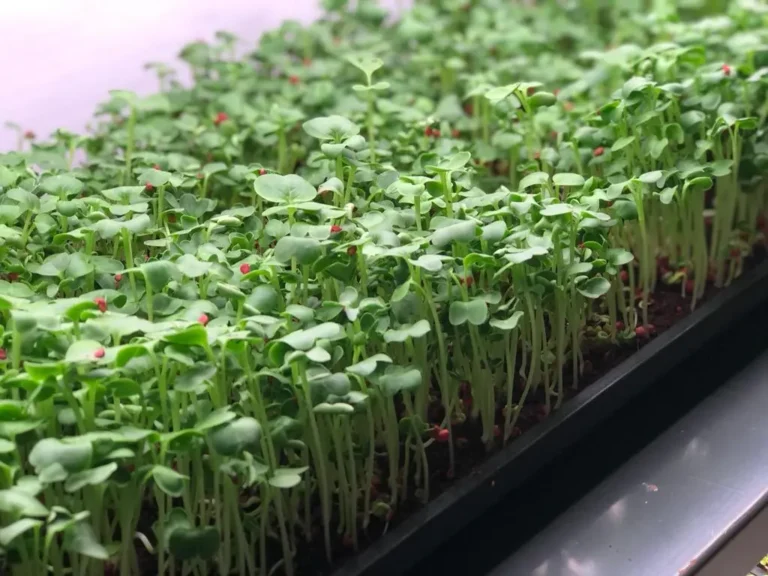
Conclusion : Selecting the best grow lights for microgreens is essential for maximizing yield and quality. By understanding the importance of spectrum, intensity, and photoperiod, growers can create an optimal environment for their crops’ growth. Whether you’re a hobbyist or a commercial grower, investing in high-quality lighting solutions like Nx6.1 spectrum can significantly boost your microgreen production. With the right lighting setup in place, you’ll be well on your way to cultivating healthy, vibrant microgreens year-round.
In summary, the key considerations for selecting the best grow lights for microgreens include :
- Spectrum : Opt for leafy spectrums like Nx6.1 for superior results.
- DLI and PPFD : Aim for a DLI of 5 to 7 and a PPFD range of 100 to 120 for optimal growth.
- Photoperiod : Maintain a photoperiod of 16 to 18 hours of light per day for healthy development.
- Light Fixture : Choose linear bar-type fixtures positioned to achieve the desired PPFD levels.
- Variety : Regardless of the variety, consistent lighting requirements are essential for successful microgreen cultivation.
With these guidelines in mind, you can create an ideal environment for growing robust and nutrient-rich microgreens. Whether you’re a beginner or an experienced grower, investing in the right grow lights is a crucial step towards achieving bountiful harvests and maximizing your microgreen production.
In this article we tried to answer below question :
Best grow lights for microgreens
Plant grow light for microgreen
Microgreen under LED lights
Microgreen in CEA
Related posts:
No related posts.
- Blog Categories
- Basic of Artificial Lighting for Plants
- Basic of grow Light
- Case Studies
- General Awareness
- Indoor Vertical Farming
- Medical Plant Research
- Online Tool
- Pitch Grow Light
- Plant Lighting Measurement
- Speed Breeding
- Supplemental Lighting
- Tissue Culture Grow Lights
- Vertical Green Wall
- LED Grow Lights
- Pharma Segment
- General
Popular Products
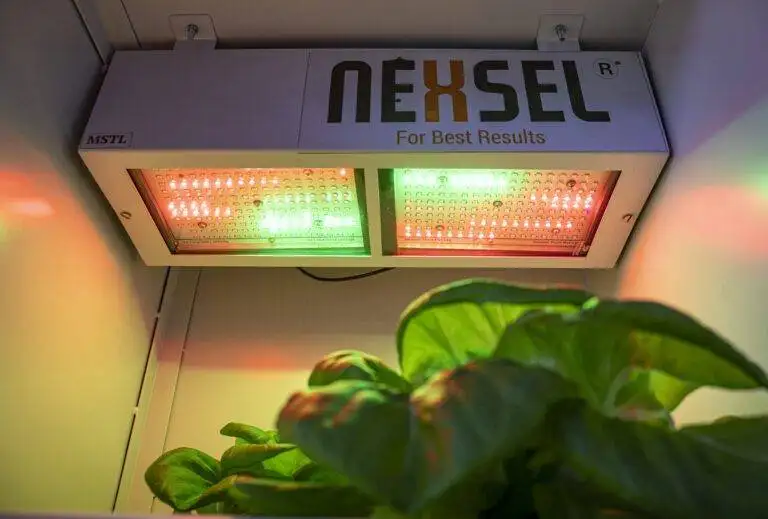
Enquire Now
Quick Link
Other Links
Design & Developed By VBTEK


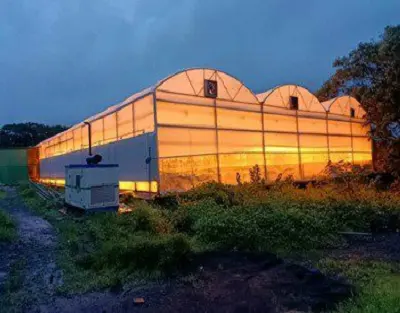
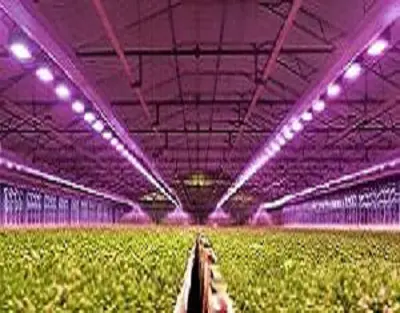
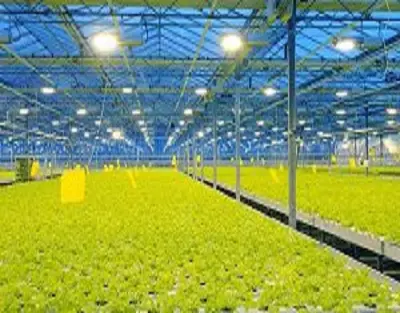

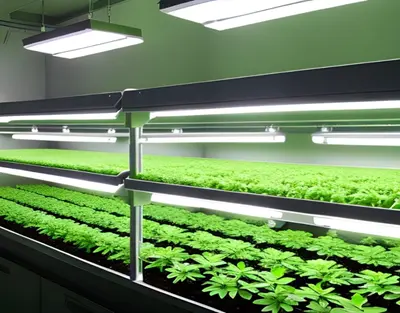
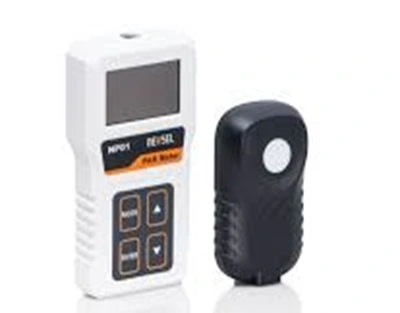
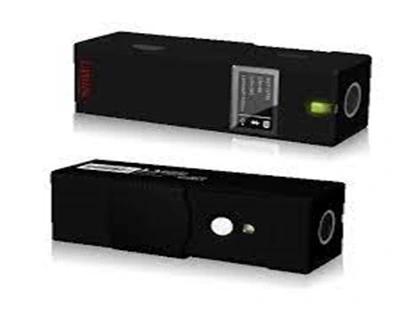
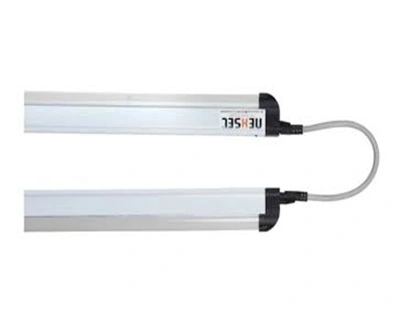
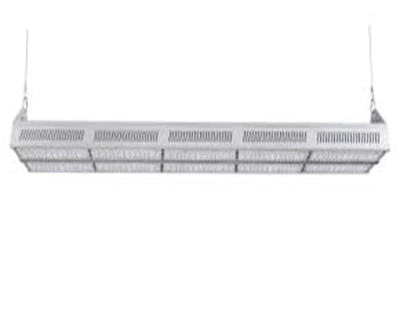
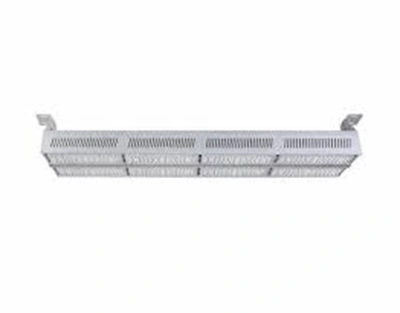
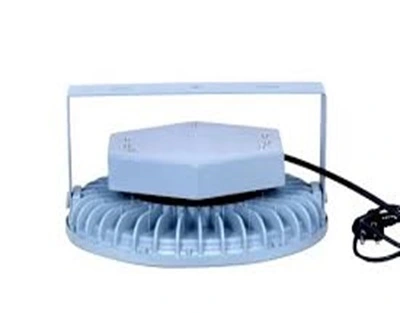
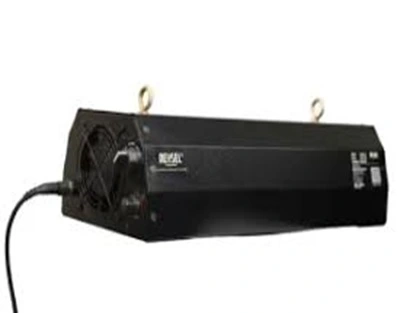
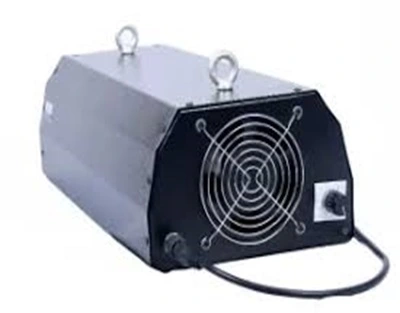
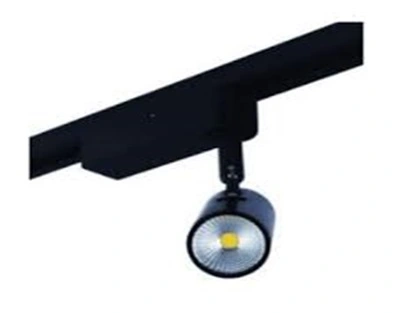
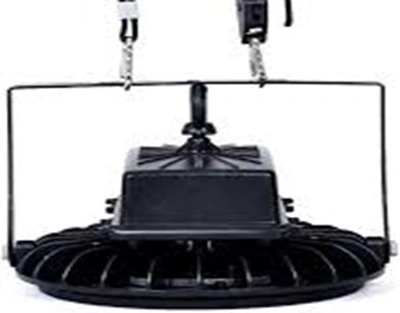
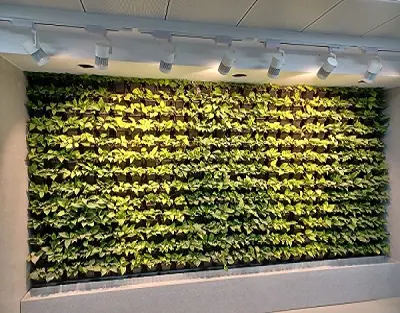
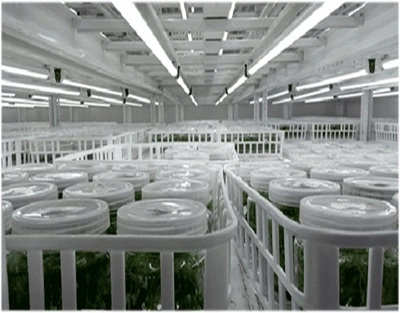
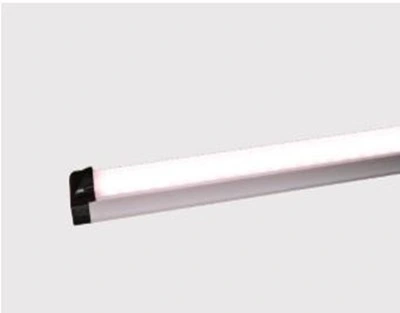
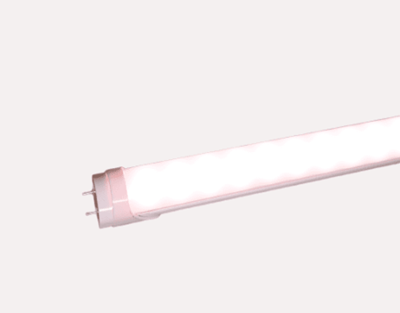
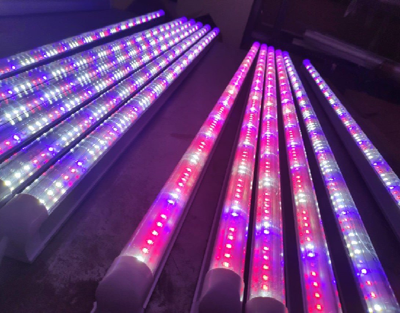
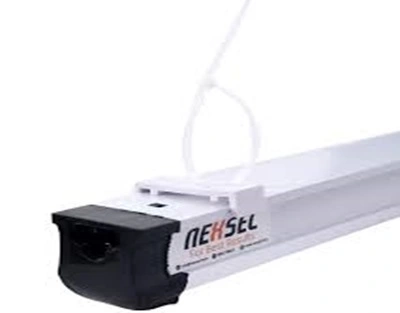
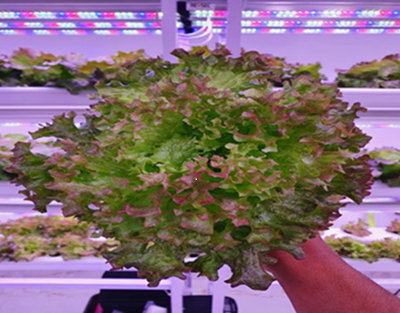
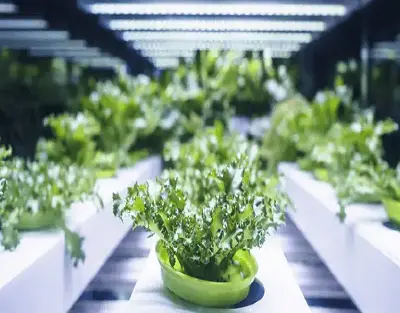
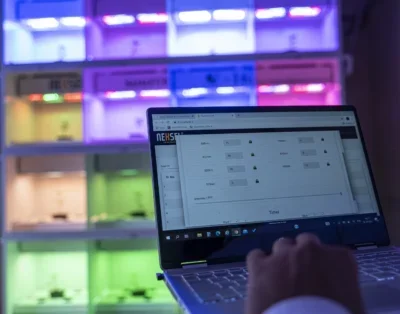


Leave A Comment